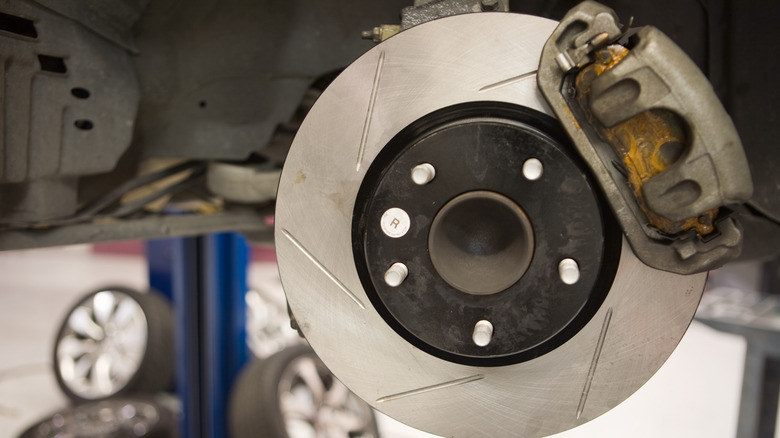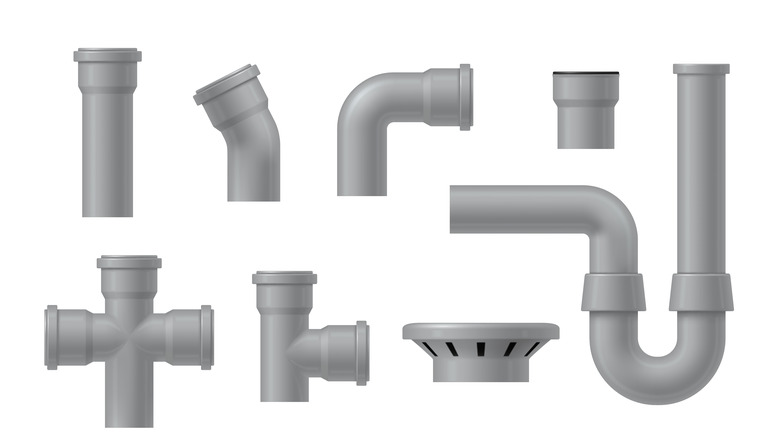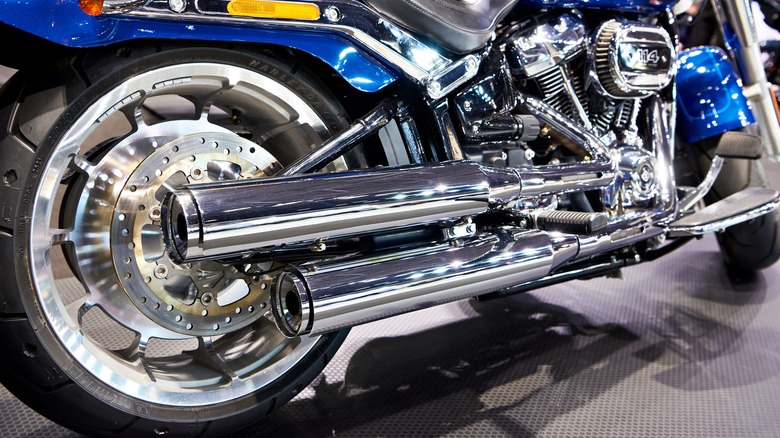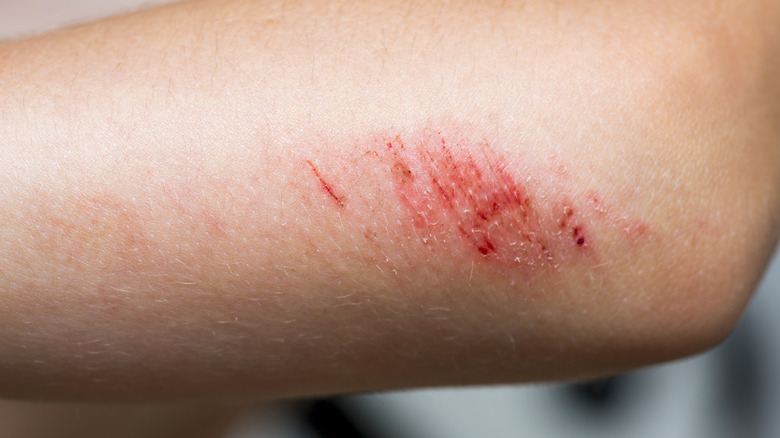We may receive a commission on purchases made from links.
WD-40 was developed in the late 1950s by the Rocket Chemical Company as a rust preventative for the aerospace industry. The letters W and D stand for «water displacement,» and the number 40 represents the Rocket Chemical’s 40th attempt at creating a suitable formula. The company lists more than 2000 suitable uses for its signature product, mainly as a lubricant or — true to its name — a way to flush water away from places where it’s not wanted. For these reasons, boaters often use WD-40 to treat winch cables, free sticky rope pulleys, or rust-proof anchor chain.
It’s also useful to preserve and maintain power tools, and has some unexpected uses like as a conditioner for baseball gloves or to free stubborn LEGO blocks. Despite the many appropriate uses for WD-40, there are a few places where you should absolutely never spray it. In some cases, it could damage the object you’re applying it to, and in other instances using WD-40 could be quite dangerous.
Keep WD-40 away from your car’s brakes

Meltonmedia/Getty Images
Although WD-40 has many automotive uses, like flushing water from wet distributor caps or other components, you should resist the urge to spray it on squeaky brakes. While WD-40 is useful for quieting noisy hinges on your car’s doors and trunk lid, it is a powerful lubricant and brake pads require friction to stop your car safely. Noisy brake pads can be a sign that rust or moisture has collected between the pads and rotors, but you should take as a sign that it’s time to have your brakes serviced.
Disc brake pads have a strip of metal that is exposed when they are worn to about 10-15 % of their useful life, and the metal is designed to emit a high-pitched squeal when it contacts the rotors. Even brand new pads can squeak; this is usually from excess vibration during the initial break-in period. You can buy brake treatment spray from Amazon, Autozone, and other parts stores that will safely condition your brake pads safely without causing a loss of friction.
WD-40 can damage PVC and other plastics

Vikivector/Getty Images
WD-40’s excellent performance as a lubricant may make it tempting to use when assembling segments of PVC pipe, which fit tightly and can sometimes be difficult to assemble. However, the hydrocarbons in WD-40 will break down the polymers in PVC (polyvinyl chloride) plastic as well as polycarbonate and polystyrene plastics. Polystyrene is often used to make automotive dashboards and trim pieces, so it’s best to keep WD-40 away from these surfaces as well. Polycarbonate is used to make eyeglass lenses, greenhouse panels, and lenses for outdoor lighting. To clean your plastic glasses, use warm water, some lotion-free dishwashing liquid, and a lint-free lens cloth.
For assembling stubborn PVC pipe, set aside the standard can of WD-40 and pick up some of the brand’s specialist silicone lubricant spray from Home Depot or Amazon. You can also use a dedicated plumbing product like Hercules Silicone Plumber’s Grease, which can be found at Walmart or Amazon.
WD-40 is flammable, so keep it away from heat

Sergey Ryzhov/Shutterstock
Although WD-40’s lubricant and solvent properties make it useful on many of the components under the hood of your car, you need to be careful not to spray it on hot exhaust manifolds, pipes, or catalytic converters. WD-40’s material safety data sheet (MSDS) states that it is an «extremely flammable aerosol» and should be kept «away from heat, sparks, open flames, and hot surfaces.» On cars and motorcycles, that includes not only exhaust components, but engine blocks, cylinder heads, and even battery terminals, which can be prone to arcing, especially when they’re being connected or disconnected.
Even a small spark can ignite the vapors from WD-40 and cause a dangerous fire. Before spraying WD-40 on or around your engine, allow it to cool completely, and always have a fire extinguisher handy. You also want to be careful not to set a can of WD-40 on your exhaust manifold or another hot surface. The pressurized contents will expand rapidly if heated, and could explode. If a fire fueled by WD-40 occurs, use a dry chemical, carbon dioxide, or foam fire extinguisher. Water will only spread the fire further.
Do not to get WD-40 on your skin or open wounds

Andrii Zorii/Getty Images
While WD-40 is excellent at cleaning grease and dirt from machinery and other metal surfaces, you should never use it to clean dirty skin. A big danger is having WD-40 absorbed into your bloodstream through open cuts or sores, which can cause adverse nervous system effects. THE MSDS even cautions about contact with unbroken skin, advising users that it could dry out the skin and recommending that you wash any parts of your body that come into contact with WD-40 with soap and water, and seek medical help if the skin becomes irritated.
If it gets on your hands, be very careful not to touch your mouth, nose, or eyes. If WD-40 comes in contact with any of your mucous membranes, flush the affected area with water thoroughly. If it gets in your eyes, flush them for a few minutes, remove contact lenses if present, and flush for a few more minutes. Should you accidentally ingest or inhale WD-40, seek medical attention, especially if you get dizzy or drowsy. For safety’s sake, use gloves when spraying WD-40, especially if you have open cuts on your hands.